May 2025
Fig.1
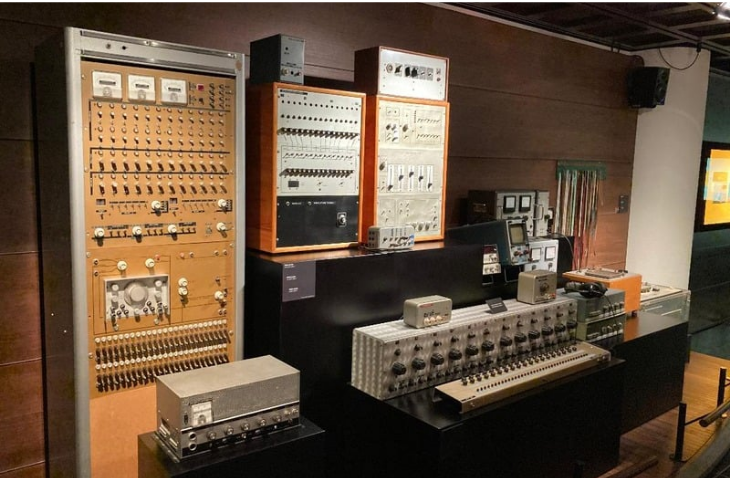
IPEM Studio, 1963-1977, Ghent
Fig.2
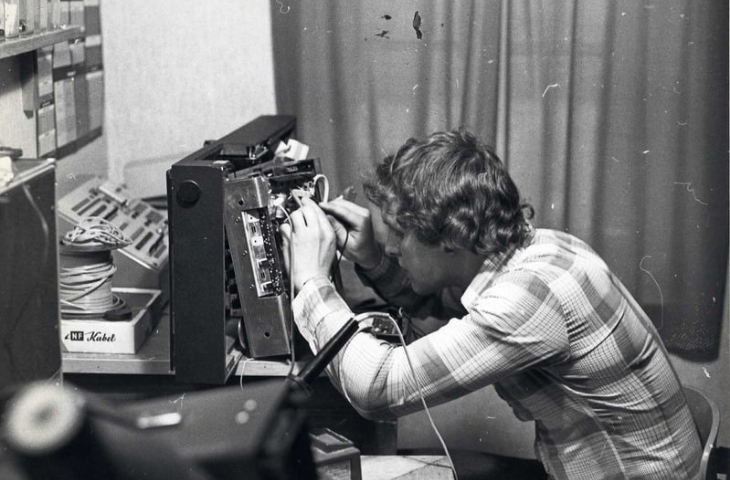
Ivan Schepers, ©IPEM
Fig.3
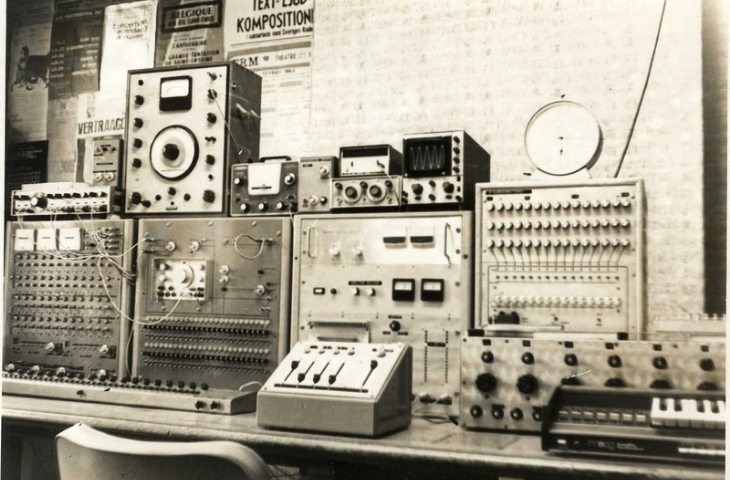
IPEM Studio, 1963-1977, Ghent, ©IPEM
Fig.4
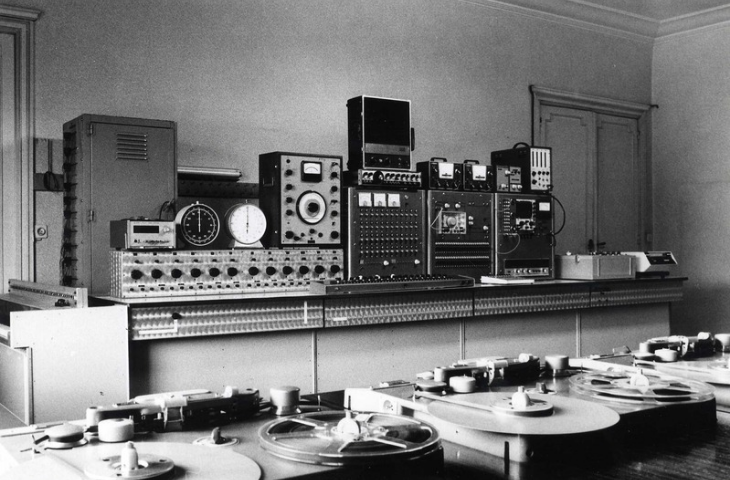
IPEM Studio, 1963-1977, Ghent, ©IPEM
Fig.5
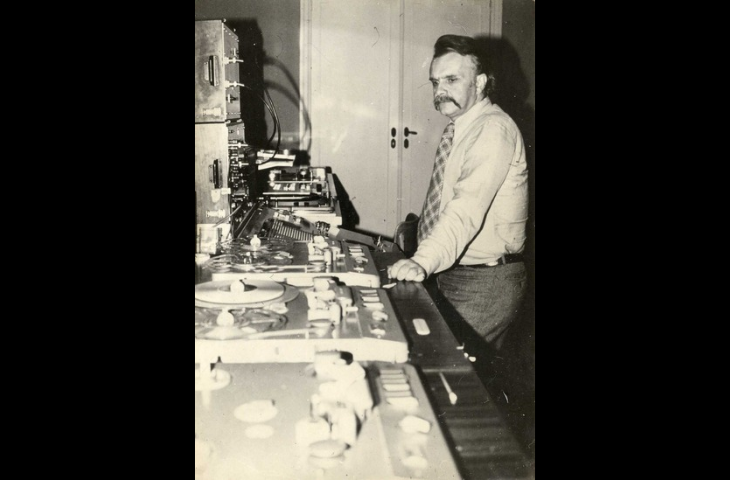
Lucien Goethals, ©IPEM
IPEM studio: a unique collection of electronic music instruments
In the basement of the MIM, visitors can explore a remarkable collection of instruments and equipment from the electronic music studio of IPEM, the Institute for Psychoacoustics and Electronic Music in Ghent. This IPEM equipment includes 53 pieces that arrived at the museum in three phases as permanent loans, in 1999, 2001, and 2010. The first group, loaned in 1999, was showcased during the opening of the MIM in 2000 as part of the electronic music instrument display. In 2001, the collection expanded with studio materials from composer Norbert Rosseau (1907–1975). A final contribution from IPEM came in 2010 during a redesign of the electronic instruments section.
In 2021, these 53 objects were officially donated to the museum. They were joined by seven other items gifted in 2011 by Godfried-Willem Raes of the Logos Foundation, which also originated from IPEM. The full collection now comprises 60 objects, catalogued under the accession numbers 2021.0026.001 to 2021.0026.053, 2011.006, and 2011.008 (-01 and -02) to 2011.012. The collection primarily includes sound generators, devices for sound transformation (such as filters and sequencers), and tools for recording, editing, and playback (including tape recorders).
Musical transformation after World War II
IPEM’s story is rooted in the post-World War II transformation of musical life. Two movements in art music - serialism and musique concrète - spurred the creation of the first electronic music studios in Paris and Cologne in 1951. These studios introduced a new approach to sound and instrumentation, using tape recorders, filters, and sound generators rather than traditional instruments. While pre-war electronic instruments like the theremin and ondes Martenot faded from art music, they found new roles in popular music and film scoring.
The founding and evolution of IPEM
IPEM was founded through the vision of Hubert Vuylsteke (1904–1964), a professor at the Laboratory for Applied Weak Current at the State University of Ghent (RUG). In late 1962, Vuylsteke approached Corneel Mertens (1912–1979), then program director at the Belgian Radio and Television (BRT), with the idea of establishing an electronic music studio. This kind of initiative by a public broadcaster was not unusual - consider the BBC Radiophonic Workshop as a parallel example.
On January 1, 1963, IPEM officially launched as a joint venture between RUG and BRT, aiming to bridge the gap between scientific research and artistic experimentation. In 1966, IPEM moved from the Faculty of Applied Sciences to the Department of Music History, fostering a rich collaboration between musicology and electronic music production. Composer Louis De Meester (1904–1987) became artistic director, working closely with Lucien Goethals (1931–2006). After BRT withdrew from the partnership in 1986, IPEM, under Professor Marc Leman, pivoted toward scientific research, with a new emphasis on music cognition and human-musical interaction.
Unique instruments and technology
Many of the devices in the original IPEM studio were unique and built in-house, as commercial equipment was often unavailable. With rapid advancements in technology, the studio underwent frequent upgrades and redesigns. The equipment now on display at the MIM, developed between 1963 and 1977, offers a rare and authentic reconstruction of a Belgian electronic music studio from the pioneering era of New Music.
Text : Wim Verhulst